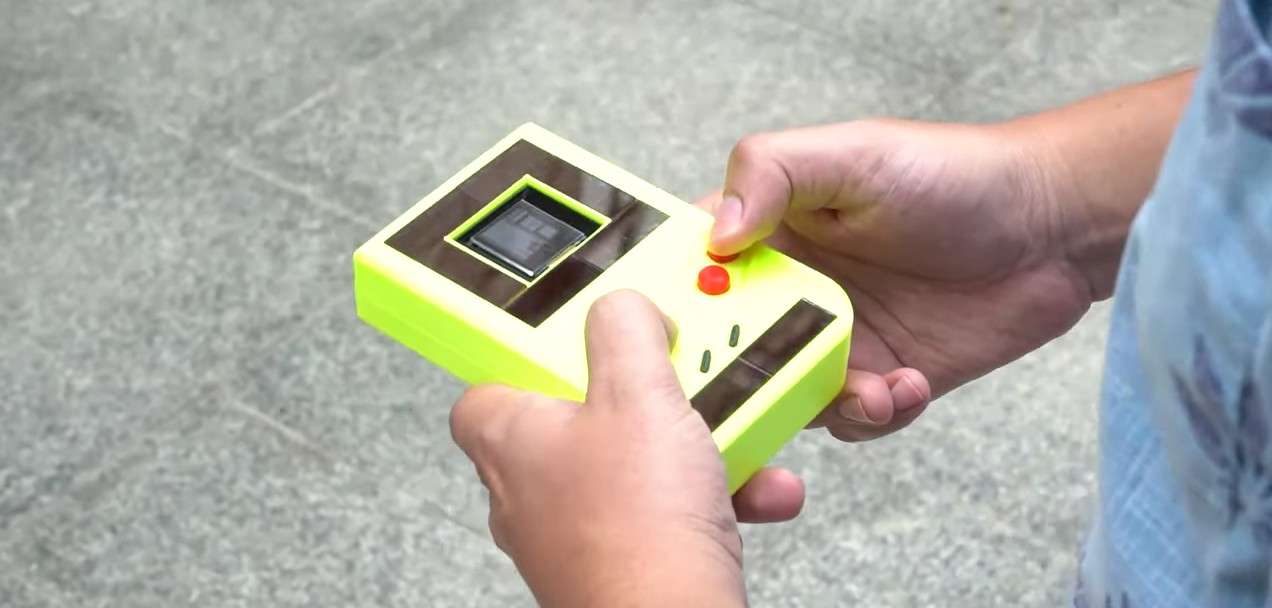Real-Life Willy Wonka Gives Away Candy Factory In Giant Treasure Hunt
Jelly Bean founder David Klein is retiring, and to celebrate he's begun a US treasure hunt where the winner gets a candy factory.

Scientists at Northwestern University and Holland's Delft University of Technology are giving the classic 8-bit Nintendo Game Boy a green makeover by powering the console with the energy of button pressing and a solar-panel in the display screen.
Looking and feeling like the original, the scientists preserved the old processor, allowing anyone who kept their antique cartridges around to immediately access them again.
Released in 1989, the Game Boy, which was originally powered by AA batteries, eventually moved in its later incarnations to a rechargeable device battery like the ones in our cellphones.
Even still, any battery is environmentally costly to manufacture and difficult to recycle.
Gaming-specific computers and laptops are often the most powerful, robust, and high-tech computers available, but also put the biggest number on an electric bill.
A powerful proof-of-concept project designed to help move toward the ultimate goal of battery-free computing, the "green Game Boy" demonstrates the effectiveness of several kinds of battery-alternatives and perhaps opens the doors to harvesting energy from our interactions with the system, like the keyboard strokes made on our laptops for example.
"It's the first battery-free interactive device that harvests energy from user actions," said Northwestern's Josiah Hester, who co-led the research. "When you press a button, the device converts that energy into something that powers your gaming."
For gamers who are familiar with these themes, they will understand that one second of interruption for every 10 seconds of gameplay, as the green Game Boy is currently vulnerable to as a result of the infancy of Hester's team's technology, is fine for things like chess and Tetris, but intolerable for something like Super Mario Bros.
To address this, the scientists developed a new technique of storing the system state in non-volatile memory, minimizing overhead and allowing quick restoration when power returns.
In effect this means there's no save button, but that the console returns you to exactly where you were when the device lost power.
There is still a long way to go before state-of-the-art 21st-century handheld game consoles will become battery-free, but it's a start, and an example of how looking to the future often means starting in the past.
(WATCH the video of the green Game Boy in action below.)
PASS The Innovation On And Share With Your Friends On Social Media…
Be the first to comment